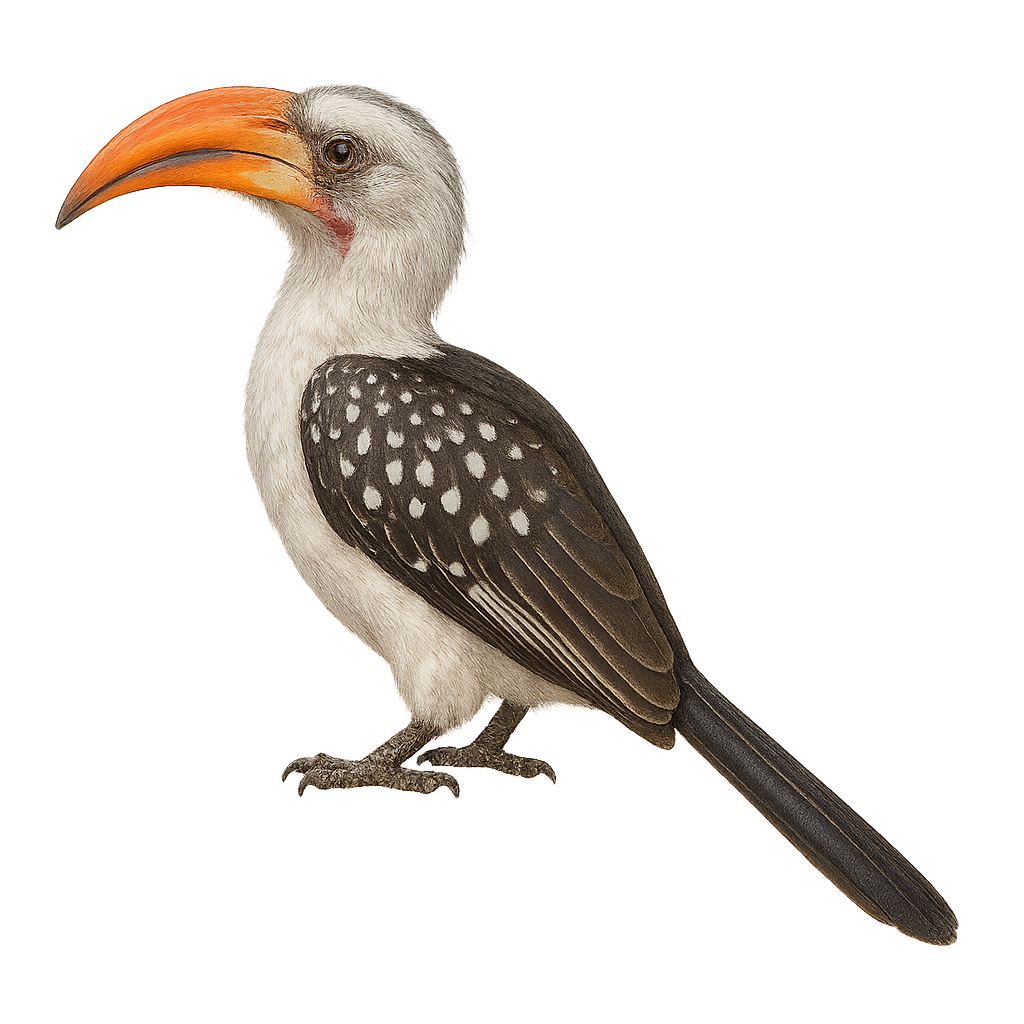Your wildlife photography guide.
Explore the jackson's hornbill in detail, study its behavior, prepare your shots.
Where to observe and photograph the jackson's hornbill in the wild
Learn where and when to spot the jackson's hornbill in the wild, how to identify the species based on distinctive features, and what natural environments it inhabits. The WildlifePhotographer app offers tailored photography tips that reflect the jackson's hornbill’s behavior, helping you capture better wildlife images. Explore the full species profile for key information including description, habitat, active periods, and approach techniques.
Jackson's Hornbill
Scientific name: Tockus jacksoni

IUCN Status: Vulnerable
Family: BUCEROTIDAE
Group: Birds
Sensitivity to human approach: Suspicious
Minimum approach distance: 10 m
Courtship display: March to May
Incubation: 24-25 jours
Hatchings: April to June
Habitat:
Forests, savannas, wooded areas
Activity period :
Primarily active during the day, with peak activity in the morning and late afternoon.
Identification and description:
The Jackson's Hornbill is a fascinating bird, endemic to certain regions of East Africa. It is distinguished by its large bill and vibrant coloration, with shades of black, white, and red. This hornbill prefers wooded habitats and savannas, where it primarily feeds on insects, fruits, and small vertebrates. Known for its social behavior, it often lives in small family groups. The breeding period is marked by a unique nesting ritual, where the female is sealed inside a tree cavity by the male, who feeds her throughout the incubation period. This species is currently considered vulnerable due to habitat loss and hunting.
Recommended lens:
400mm – adjust based on distance, desired framing (portrait or habitat), and approach conditions.
Photography tips:
To photograph the Jackson's Hornbill, it is advisable to use a telephoto lens of at least 400mm to capture detailed images from a distance. Look for wooded areas or savannas where these birds are active, usually during the day. Be patient and discreet, as these birds can be suspicious. Try to capture their unique social behavior, especially during feeding or family interactions. The natural light of the morning or afternoon can provide ideal conditions to highlight their vibrant colors.
The WildlifePhotographer App is coming soon!
Be the first to explore the best nature spots, track rutting seasons, log your observations, and observe more wildlife.
Already 1 439 wildlife lovers subscribed worldwide

